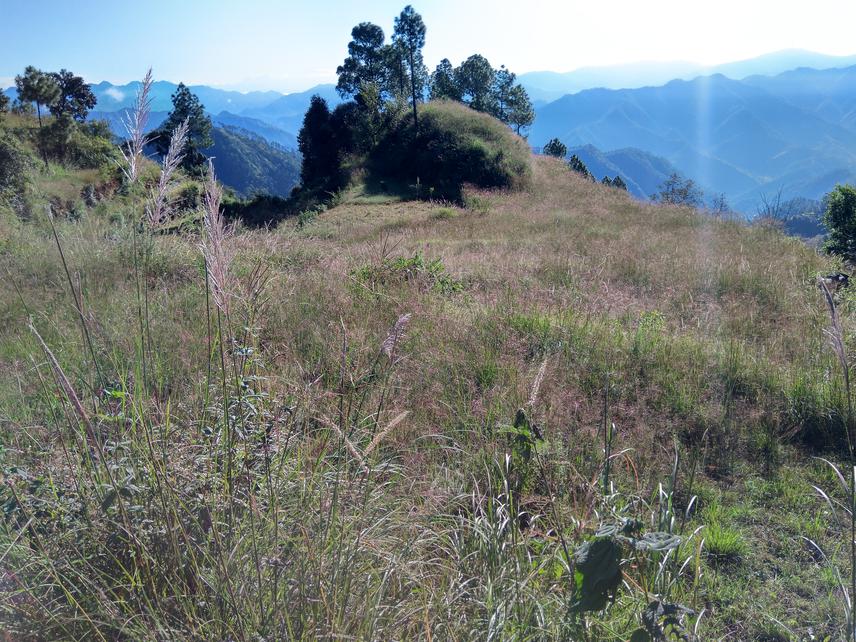Juno Negi
Rainfed subsistence farming is an important form of agriculture across the Himalaya. In the Uttarakhand hills, it is the primary livelihood of the people, the land (farm)-forest-livestock forming a critical nexus. Crop damage by wildlife is reported to be a pressing problem for agriculture with increasing frequency across the Himalaya. In its extreme, the problem has driven largescale agriculture-abandonment, and out-migration. This study will be carried out across Pauri Garhwal, one of the worst affected regions in the Indian Himalaya. Although a host of factors ranging from low economic returns for traditional crops; change in food habits; poor production; crop land shortage; climate change, are reported as reasons for abandoning agriculture, crop damage by wildlife is often projected as the more apparent reason, perhaps, owing to its more conspicuous effects on crops and livestock.
Agriculture-abandonment in a subsistence agricultural system, thus, provides an opportunity to understand how perceptions about conflicts are positioned with respect to other socioeconomic causes of abandonment. This study aims to untangle the role of wildlife in agriculture-abandonment to devise targeted solutions.

Abandoned agricultural fields in a Pauri village (field site). © Juno Negi.
The project will largely focus on the following objectives-
1. To determine the role of losses due to wildlife in agriculture-abandonment.
2. To understand the factors affecting people’s implication of wildlife for agriculture-abandonment.
The disparity between actual and perceived role of wildlife in agriculture-abandonment has major repercussions for wildlife conservation in the region. We seek to bridge this knowledge gap by working closely with farming communities, understanding their livelihood concerns and the significance of wildlife in it.
The findings from this work will-
• Provide a better understanding of the relative role of wildlife in agriculture-abandonment. At the same time, it will help unravel other important causes which may require greater attention in reviving the local agriculture. e.g., traditional food crops are better resilient to climate stress, provide greater food security amidst climate change, enhance the local agro biodiversity.
• Identify specific areas where wildlife is the major reason for abandonment with the help of hotspot maps highlighting key drivers.
• Directly contribute towards the Sustainable Development Goal 15- Life on Land
• Help identify the indirect factors affecting people’s attitudes towards wildlife.